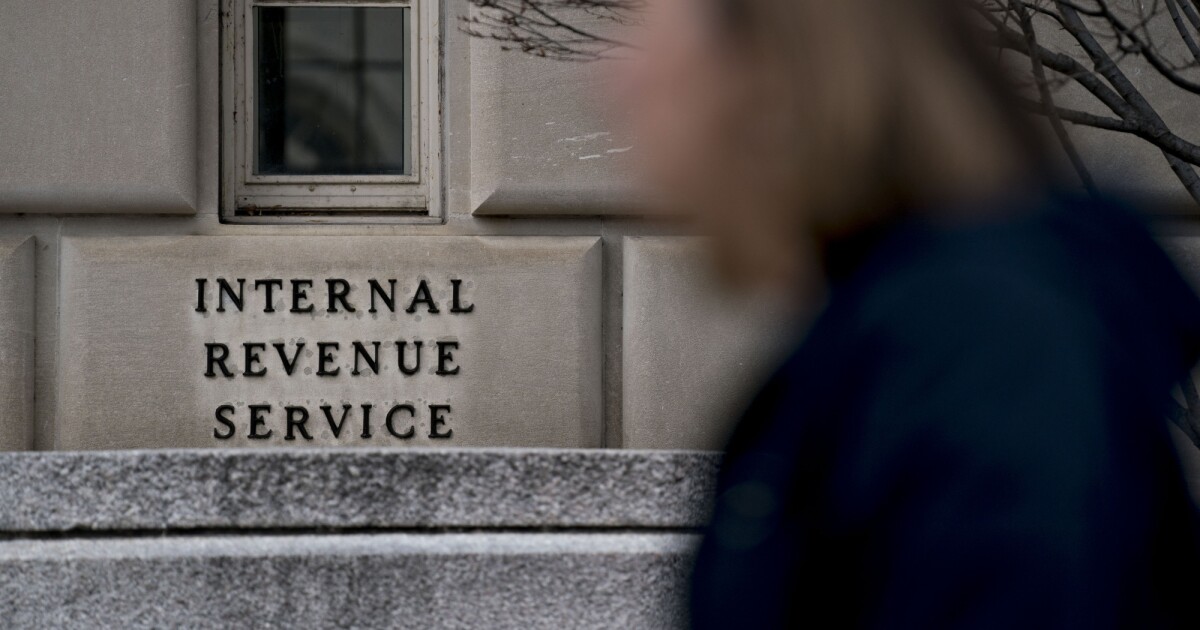The One Big Beautiful Tax Bill Act, as passed by the House and revised text was released Monday by the Senate, includes a number of significant tax provisions for both corporate taxpayers and nonprofits.
“Even before we saw the legislative text of the One Big, Beautiful Bill, we knew these would be the big provisions for most of our clients that they were interested to see what was going to happen,” said Jess LeDonne, director of tax technical at the Bonadio Group. “The big one that I get the most questions about right now would be the expensing of research and development costs, Section 174. That provision, specifically, allows for the temporary suspension of the amortization, so you would be able to immediately expense those costs. They also expanded that provision to include software development expenditures as well. Some of the provisions are kind of a permanent extension of some of the Tax Cuts and Jobs Act. This one specifically is a temporary suspension of the amortization requirement. Essentially it will allow for immediate expensing of R&D costs only for tax years 2025 through 2029. This isn’t permanent, but it still is for a lot of clients a welcome potential change.”
Another significant provision involves bonus depreciation, Section 168(k). “The bill, as written as it currently sits in the Senate, would allow for 100% bonus depreciation to be reinstated,” said LeDonne. “This would again be temporary, based on the placement service date of the equipment, and it would be for a property placed in service from essentially Inauguration Day. They picked Jan. 19 of this year, and before Jan. 1, 2030.”
She sees that as a welcome extension. “That was the one we have been watching phase down already, and was set to phase out completely by 2027,” said LeDonne.
Another provision involves the qualified business interest deduction provision. “There’s an increase there from 20% to 23% and that one does not have a sunset date, so that would be more of a permanent potential increase to that QBI deduction,” said LeDonne.
Business interest deductions would also be extended “The last one that I’m always being asked about would be the change in the calculation for the limitation on business interest expense deductions in 163(j),” said LeDonne. “There’s a temporary reinstatement in the bill to go back to the EBITDA-based calculation. And that would be for tax years 2025 through 2029. That was the other one that we’ve been watching those specific provisions to see what’s going to happen based on the Tax Cuts and Jobs Act expirations and phasedowns. Those were some of the biggest business-side provisions that we’ve been asked about.”
Nonprofit tax changes
Nonprofits such as foundations, colleges and universities would also see wide-ranging impacts from the bill that was passed by the House and whose amended text was released Monday from Senate Republicans.
“The tax bill, as it’s written right now out of the House, has a number of provisions that impact the nonprofit sector,” said Aaron Fox, a managing director at CBIZ. “We will see how many of them stay in effect after the Senate is done marking up the bill. Some of the more notable provisions in the bill, to my mind, are the private foundation increase in tax rates depending on the size of their asset base. That would mark a significant departure from historic norms, where previously the tax rate was only 1.39%, and the rationale was that it was there to pay for the cost of administering foundations. But the increased rates up to 10% for the very large foundations with $5 billion or more in assets really represents a change in approach and would pay for other parts of the bill.”
The increase in tax on investment income for colleges and universities could also have a major effect on larger educational institutions. “Right now, the current rate is 1.4%, but in certain instances where the student-adjusted endowment amount goes up to $2 million or more, then colleges could be looking at significant increases in that excise tax rate,” said Fox. “That’s a pretty significant one that would not impact all of higher education, but have a pretty broad impact on the bigger colleges that have very strong balance sheets.”
Other provisions involve royalty income and transportation tax fringe benefits.
“Royalty income change is going to be pretty broad in application, because many nonprofits, especially in the social welfare space, have royalty contract arrangements, and some of those royalties relate to name and logo licensing or sales,” said Fox. “I think that has an opportunity to have a really broad impact as well. Finally, my fourth one would be what they’re thinking about doing with transportation tax benefits and bringing back the rule that created unrelated business income tax on the provision of those benefits, which is sort of a tricky area in the tax law. It created a lot of uncertainty and difficult filings for nonprofits back in 2017 and 2018 when this idea was first put into law and then later repealed.”


 Economics1 week ago
Economics1 week ago
 Blog Post1 week ago
Blog Post1 week ago
 Accounting1 week ago
Accounting1 week ago
 Personal Finance1 week ago
Personal Finance1 week ago
 Economics6 days ago
Economics6 days ago
 Personal Finance6 days ago
Personal Finance6 days ago
 Personal Finance6 days ago
Personal Finance6 days ago
 Finance1 week ago
Finance1 week ago











